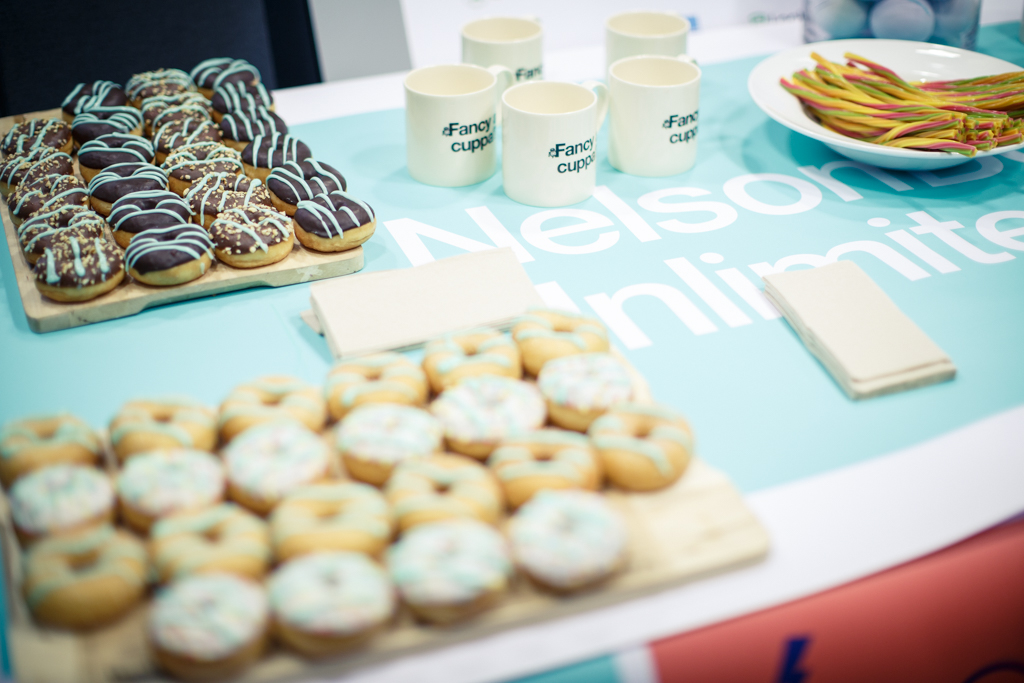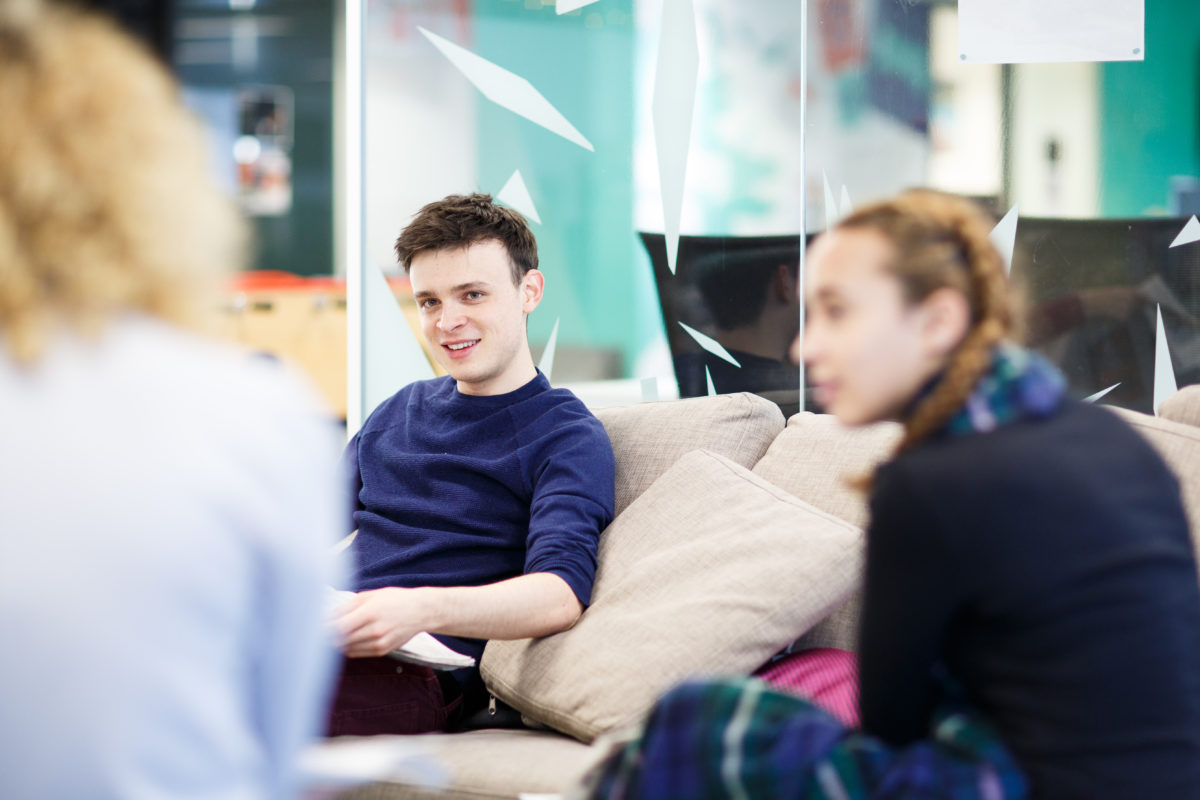Today the CMA gave a provisional ruling on Fox’s proposed takeover of Sky. The ruling said that full control of Sky would give the Murdoch Family Trust excessive “influence over public opinion and the political agenda”. The ruling may well become a damp squib. Walt Disney currently awaits US regulatory approval to buy 21st Century Fox. This deal would allay many of the CMA’s concerns.
A recent debate organised by The Frontline Club on media ethics touched upon some of these topics. It explored Fox’s attempted takeover of Sky News; Rupert Murdoch’s commitment to ethical broadcasting standards; phone hacking; the Leveson Inquiry; and new versus old media. Leading media commentator Roy Greenslade chaired the debate.
The panellists were all mostly sceptical of a Murdoch takeover of Sky and Sky News. They all agreed that while the phone-hacking scandal harmed Rupert Murdoch, it is premature to talk about an irreversible decline. Particularly while his hand-picked successors occupy key media roles.
Graham Johnson, Head of Investigations at Byline, argued that Mr Murdoch shouldn’t be allowed to gain full control of Sky News. A view we now know is shared by the CMA. Despite this, and other recent setbacks such as the hacking scandal, Mr Johnson argued that the Murdoch family remains extremely influential in UK media.
According to Senior Campaigner at Avaaz, Alaphia Zoyab, and Media lawyer Mark Lewis, a Murdoch led takeover of Sky News would harm democracy. They state a strong democracy requires a balanced media. The panel felt that Mr Murdoch’s influence has shifted geographically in the last number of years from Britain to the US. In the US he enjoys unprecedented access to President Trump.
The audience contributed to the discussion with interesting points. For instance, they asked why Disney, or any other company, should gain power over the media landscape by monopolising ownership. Attendees also highlighted the rise of Google and Facebook and their effect on Murdoch owned media companies. The panellists felt it was too early to write off new media. Even though they acknowledged it is a threat. Especially platforms controlled by Rupert Murdoch.
The CMA’s provisional ruling on Fox’s takeover of Sky now moves to a three-week public consultation and then to the new Culture Secretary Matt Hancock, who will make a final decision in May.
Image credit: BBC News








